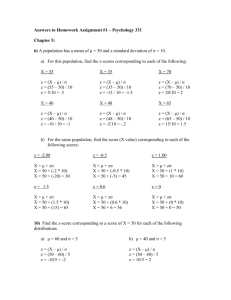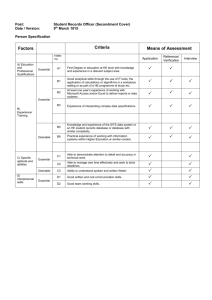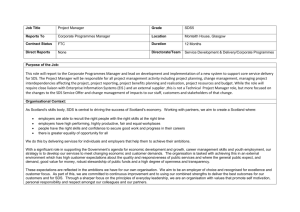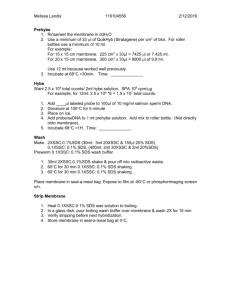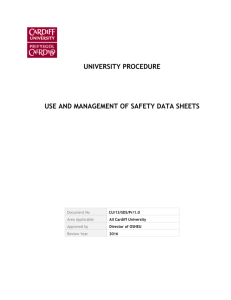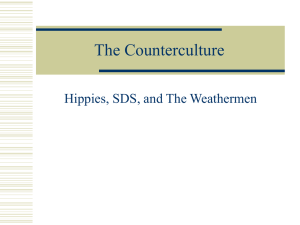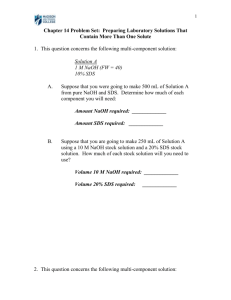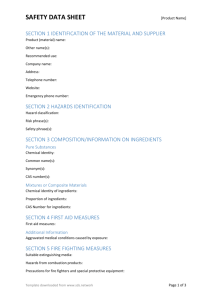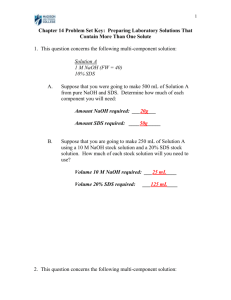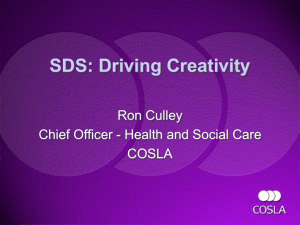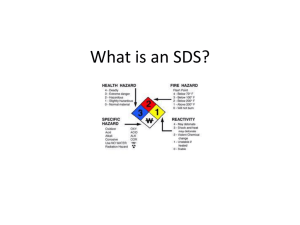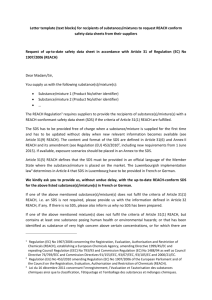Review Notes
advertisement
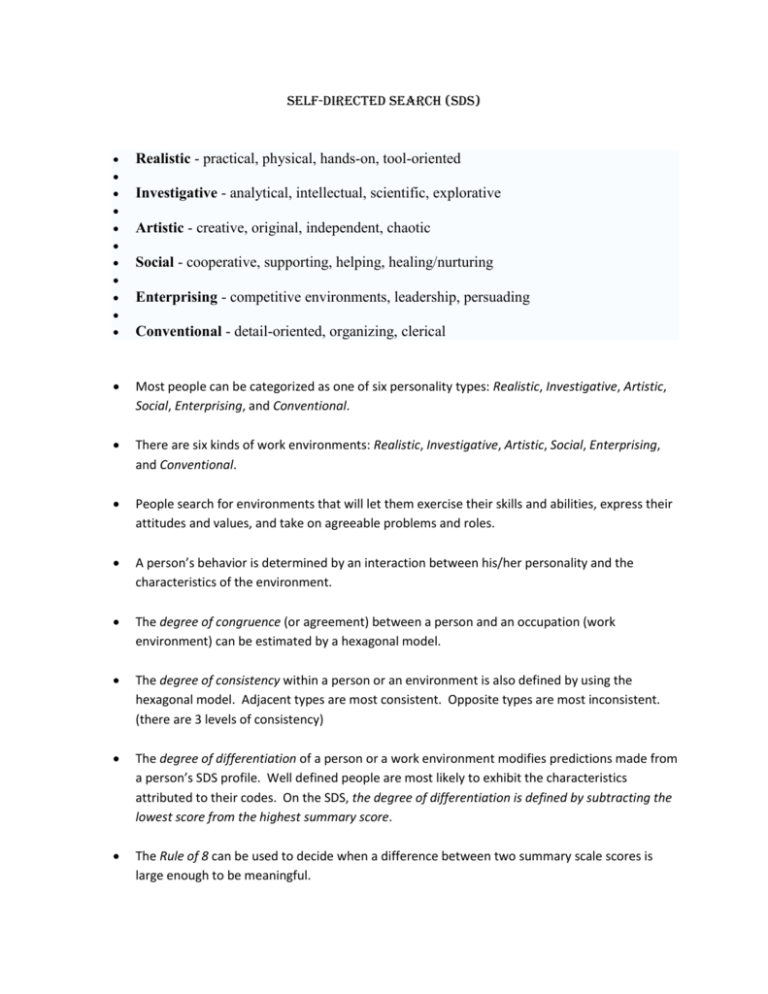
Self-Directed Search (SDS) Realistic - practical, physical, hands-on, tool-oriented Most people can be categorized as one of six personality types: Realistic, Investigative, Artistic, Social, Enterprising, and Conventional. There are six kinds of work environments: Realistic, Investigative, Artistic, Social, Enterprising, and Conventional. People search for environments that will let them exercise their skills and abilities, express their attitudes and values, and take on agreeable problems and roles. A person’s behavior is determined by an interaction between his/her personality and the characteristics of the environment. The degree of congruence (or agreement) between a person and an occupation (work environment) can be estimated by a hexagonal model. The degree of consistency within a person or an environment is also defined by using the hexagonal model. Adjacent types are most consistent. Opposite types are most inconsistent. (there are 3 levels of consistency) The degree of differentiation of a person or a work environment modifies predictions made from a person’s SDS profile. Well defined people are most likely to exhibit the characteristics attributed to their codes. On the SDS, the degree of differentiation is defined by subtracting the lowest score from the highest summary score. The Rule of 8 can be used to decide when a difference between two summary scale scores is large enough to be meaningful. Investigative - analytical, intellectual, scientific, explorative Artistic - creative, original, independent, chaotic Social - cooperative, supporting, helping, healing/nurturing Enterprising - competitive environments, leadership, persuading Conventional - detail-oriented, organizing, clerical The Rule of Full Exploration suggests that the client should look at all permutations of their SDS code. The Rule of Intra-Occupational Variability suggests that every occupation includes a variety of people or types and subtypes. The Rule of Asymmetrical Distributions of Types and Subtypes suggests that the distribution of SDS codes among and within the six categories is extremely uneven. The Daydream Summary Code is a summary of a person’s past and current aspirations from the SDS Daydreams section. The Iachan Index is the most accurate technique of assessing the degree of agreement between any pair of three-letter codes. Identity is an indicator of the degree of clarity of the picture of one’s goals, interests, and talents. High Identity = High Clarity, Low Identity = Low Clarity. A Summary Code indicates which three personality types an individual most resembles. Index of Agreement between Current Occupational Choice and SDS Summary Code. SDS codes are approximate, not precise. The first letter of the code is the most important, most descriptive and most reliable. People with rare codes may have difficulty finding congruent occupations. Flat profiles may mean: too young or inexperienced; well integrated person with multiple talents and interests, or confused and disorganized person; high-flat could suggest person with high energy and a wide range of interests and talents; low flat could suggest self-depreciation and diffuse sense of identity. Counselor Impression – does it make sense from what you know about the client and the world of work. Like any inventory, the SDS will not work for everyone.
